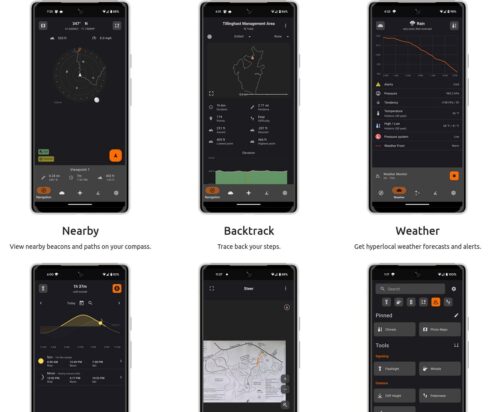Google’s vision for Android is to present it as a unified platform across devices. It has created an Open Handset Alliance (OHA) with over 84 members. Companies who are a part of it can actively contribute to the development of the “open” Android.
But they’ll have to settle their dreams of having an Android fork of their own someday. If they want to do so, they’ll have to quit the alliance.
But are AOSP-based operating systems really an alternative?
The answer is ‘No’ if you consider them at the fundamental level. Duval also didn’t consider it an alternative right away. But he says Google is restricting the use of apps on AOSP is one of the reasons for that.
He also said that “in 2019 you cannot consider only the mobile Operating System. You need to think about the “whole ecosystem” including the operating system, applications, and online services. That makes complete sense.
In fact, I read a detailed piece on Ars Technica, and came to know that Google has many legal weapons in its arsenal which make it virtually impossible for some company to create an Android fork (with Google Apps), pre-load it on devices, and sell to the people without Google’s approval.
One might plan to build an Android alternative without Google Apps. But the apps that we run on Android rely on the Google Play Services API for much of their functionality.
To get the Google apps on your Android fork, you (company) need to have a license from Google. And it’s believed that getting the license is a lot easier if you become a part of the Open Handset Alliance (OHA). But companies that are part of the OHA are legally restricted from building non-Google approved devices.

